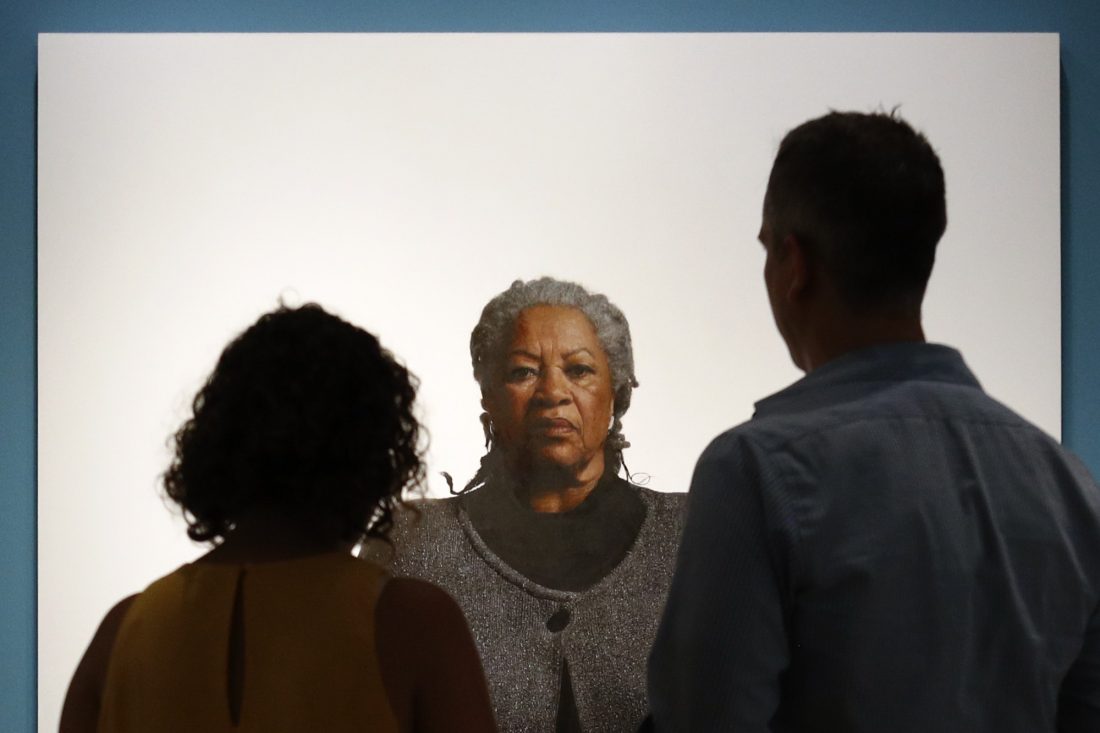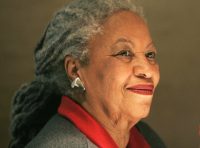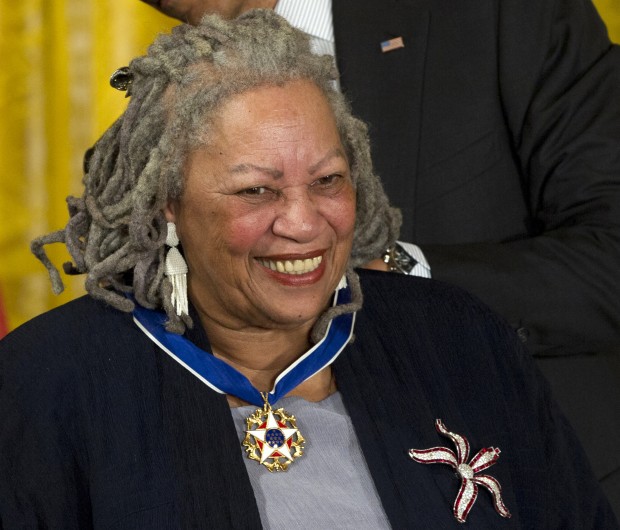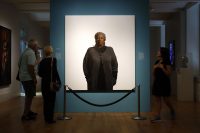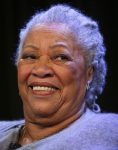NEW YORK (AP) — When author Angela Flournoy was asked to dress as her favorite literary character for a magazine shoot four years ago, she knew how to look the part: a wide and “severe hat,” a fur stole and the kind of stare that dares you to stare back.
For a day she could pretend to be Sula Peace, from Nobel laureate Toni Morrison’s novel “Sula,” an ode to female friendship and how it can endure the most shameless betrayals.
“The thing that has always drawn me to Sula is that she is extremely complicated,” says Flournoy, whose novel “The Turner House” was a National Book Award finalist in 2015, “and the narrative doesn’t make any excuses for her bad behavior, or ever make her less worthy.”
Toni Morrison died this week at age 88 and left behind countless writers for whom her characters were like close acquaintances and her stories like parables to guide them through their own lives. Edwidge Danticat, the prize-winning Haitian-American author, called her “a literary mother to generations of writers, especially black women writers like myself.” To ask a writer about reading Morrison or how Morrison influenced their work is, in part, to ask why they became writers at all.
Jamel Brinkley, a National Book Award finalist last fall for the story collection “A Lucky Man,” was a teenager when he read “The Bluest Eye,” Morrison’s 1970 novel about a black girl wishing for blue eyes.
“I remember feeling overwhelmed by what the novel had to say about racism, and about notions of beauty and ugliness,” he told The Associated Press in a recent email. “I felt like I was encountering something I hadn’t seen in written work before, but at the same time so much of the book’s sound and character felt familiar and affirmative to me, from life. It felt like a book that demanded you rise to certain level and become its reader, and it took a while before I could become that person.”
Julia Alvarez, whose novels include the best-selling “How the Garcia Girls Lost Their Accents,” praised Morrison for helping “many of us writers in the margins” find their way. George Saunders cited “Beloved,” her surreal, Pulitzer Prize-winning novel about an escaped slave, for opening up his ideas of historical fiction and helping to inspire the dreamlike novel “Lincoln in the Bardo,” winner of the Man Booker Prize. “There is something about the scale of her work that inspires other writers to think in a more expansive way,” he added, “she inspires with her incredible language and also the moral-ethical intensity of her work.”
The layers of rhythms and allusions in Morrison’s prose, from the Bible to black folklore, could make picking up a Morrison book the beginning of a lifelong education. Oprah Winfrey has told the story of complaining to the author that her books were difficult to get through. Morrison’s response: “That, my dear, is called reading.” Saeed Jones, a prize-winning poet whose memoir “How We Fight for Our Lives” comes out this fall, remembered repeated efforts to read “The Bluest Eye” and the Morrison novel “Tar Baby.” In 10th grade, he managed to finish “Sula,” a book he had to discover on his own because his school didn’t assign any black writers.
“I’d never seen a black woman like her in a literary novel,” he told the AP, referring to the title character. “She was sexy, troubled and troubling. I hung on her every move. I’ve read the novel perhaps eight times now and its influence in my work is clear. I love characters who trouble the water even at risk of drowning in the process. ”
Morrison’s books so moved some readers they became determined to meet her. When poet Nikki Giovanni finished “The Bluest Eye,” more than 40 years ago, she was living on Manhattan’s Upper West Side. She immediately headed to the midtown offices of Random House, where Morrison was an editor, and told the receptionist she wanted to see her. Morrison came downstairs, went out with her for coffee and remained her friend for the rest of their lives. As a writer, she calls Morrison a “light,” one who inspired her peers to tell their stories and not worry what others said. As a person, she calls her a “bench,” a source of rest and support.
“When my mother died (a decade ago) I was incredibly sad,” Giovanni told the AP. “I called Toni and were talking. I told Toni, ‘I don’t know what to do.’ And she said, ‘Girl, you’re a writer. Write.’ And that’s what she taught us — that we’re writers.”
